QUUB is an open-source, micro controller system based on a core processor, addressable daughter boards, and remote IO modules. It is a general-purpose embedded microprocessor system, the form factor is based on a main MCU board and multiple stacked IO boards called "stackables". It can therefore accommodate designs from the simplest flashing-LED project to a complex multi-processor robot controller.
The QUUB system has the following features.
- The core processor board is an Raspberry Pi Pico module, this is a dual core 32-bit Cortex M0+ processor running at 133MHz.
- Small form factor, nominally 70 x 70mm (2 3/4 x 2 3/4 inches).
- A unique method of attaching four "sides" (vertical PCBs). These sides make the QUUB design "self enclosing", no need for a box.
- Addressable daughter boards can be stacked above or below the core processor.
- Two optional "mezzanine" expansion modules with a 14-way interface, useful for small addons such as an SD card socket.
- 24+3+7-way "stackplane" using stackable headers.
- The stackplane has provision for all power signals, 2x I2C, SPI, 2x UART, 2x analogue in, 8x digital IO, four user-defined signals, and optional addressing of daughter boards.
- Up to 8 daughter boards can be addressed and can therefore share the same system IO lines.
- A PiicoDEV (STEMMA-QT/QWIIC) header.
- Dedicated debugging pins as well as the standard SWD interface brought out to a header.
- Debugging connector directly compatible with a standard .91" OLED display that can be used for general IO or debugging.
- Front-panel accessible pushbutton that can be used for reset, designed to be activated through a small hole in the PCB.
- 7-20 volt polarity-protected VIN.
- One switched power signal that can be used by the MCU to shut down peripherals such as a GPS or wireless transmitter.
- Two mounting holes suitable for an M3 bolt or similar-sized screw.
If you need a system with over 20 analogue inputs, or maybe 30 serial ports, or more than 200 digital IO connections, no problems, QUUB can do that and more.
Stackplane (backplane for the QUUB stack) The stackplane consists of three headers of 24, 7 and 3 connections. With the vast array of I2C and SPI peripheral IO chips now available it makes sense for larger and more complex applications to have a backplane with just a few signals that communicate with slave devices using one of these popular serial interfaces. However for tinkering or simpler applications the QUUB can be used like any of the other development boards available.
There are four user-defined signals on the stackplane, these signals pass up the entire stack and can be used by any stackable for whatever purposes. One example would be a power supply stackable sitting at the bottom of the stack that needs an ON/OFF switch and a power indicator LED at the top of the stack.
Side panels (sides) Provision is made to solder small PCBs at right angles to the main PCB. These can be used to enclose the board so a box is not normally required. If all stackables implement these side panels the QUUB stack becomes fully enclosed on the bottom and sides. This leave the top.
Lids Lids are special stackables that are only used on the top of the stack. They are 3mm larger than the standard stackable size so they cover the stackable sides below them. Lids can be blank and used simply to fully enclose the stack, or they can also have active circuitry, such as an LCD display and some switches to provide a simple user interface to the stack's application.
Bases A base is not normally required as the MCU board has no components on the solder side of the board. However the MCU may not be the lowest stackable and the one that is may have through-hole components. In this case a base board may be required to isolate the electronics from whatever the stack is placed on.
Another reason to have a base board is to accommodate large components, for example a board that has four relays and a 100A shunt, these will not fit on the standard stackable PCB size...
Read more » rob
rob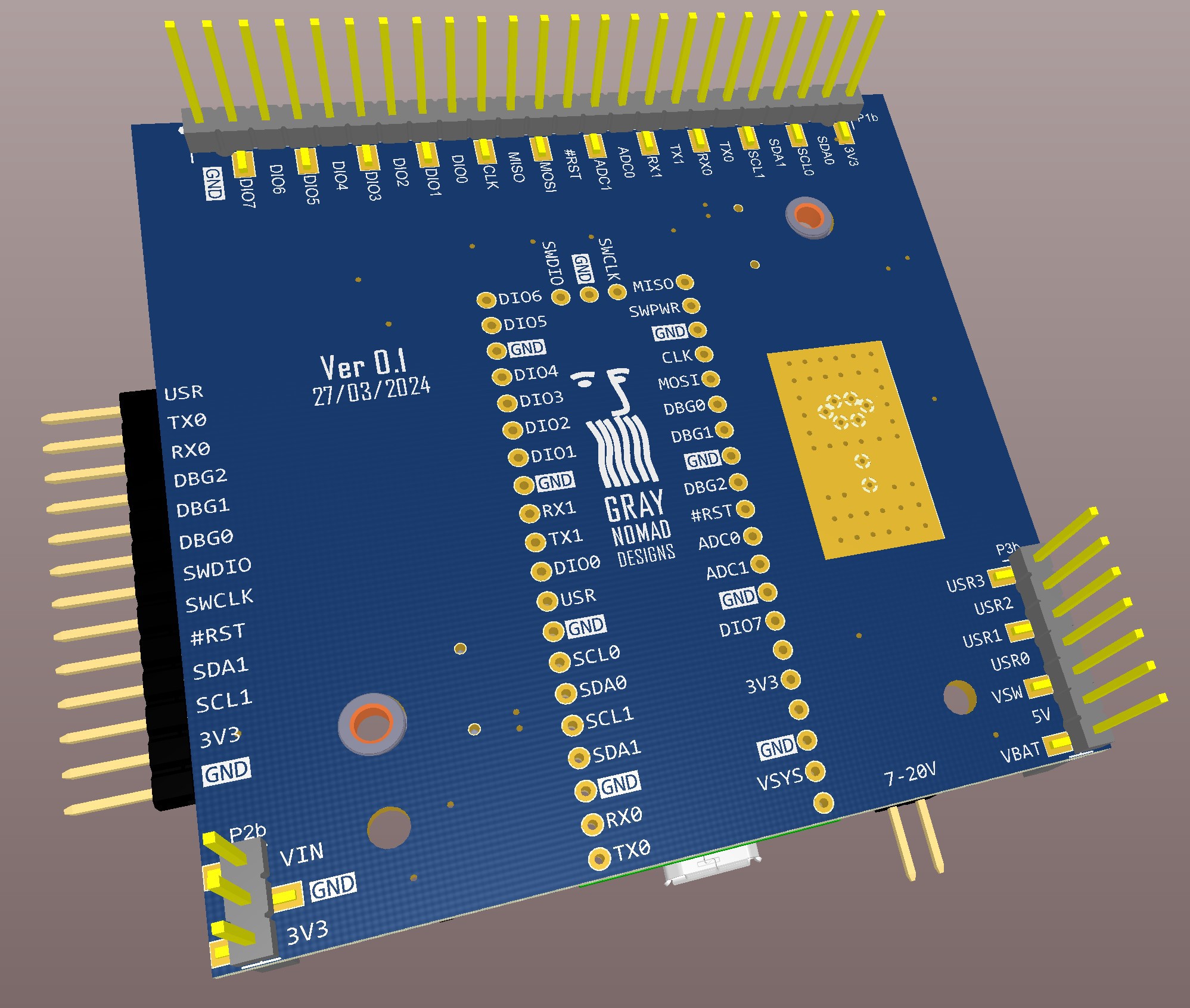
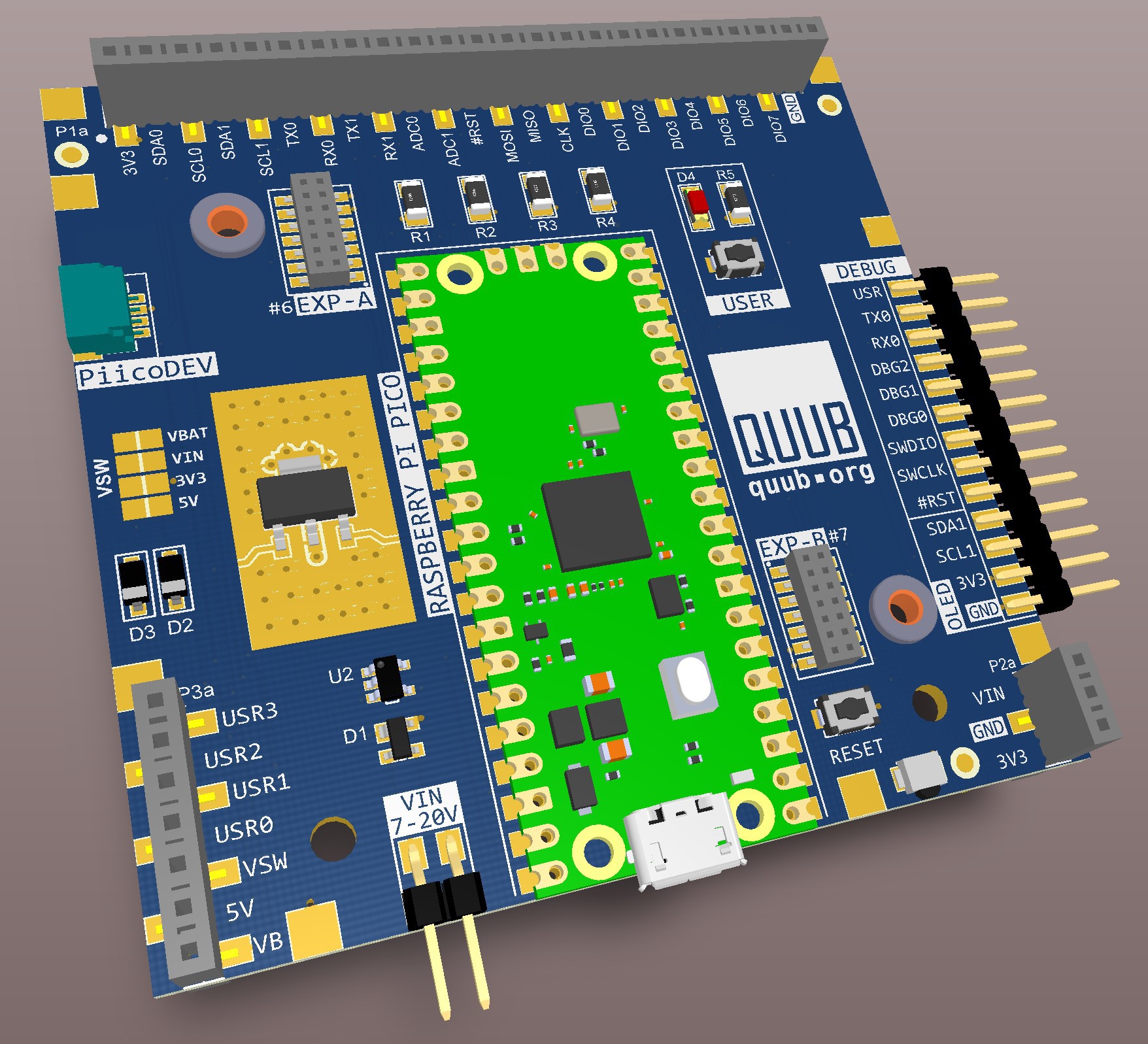
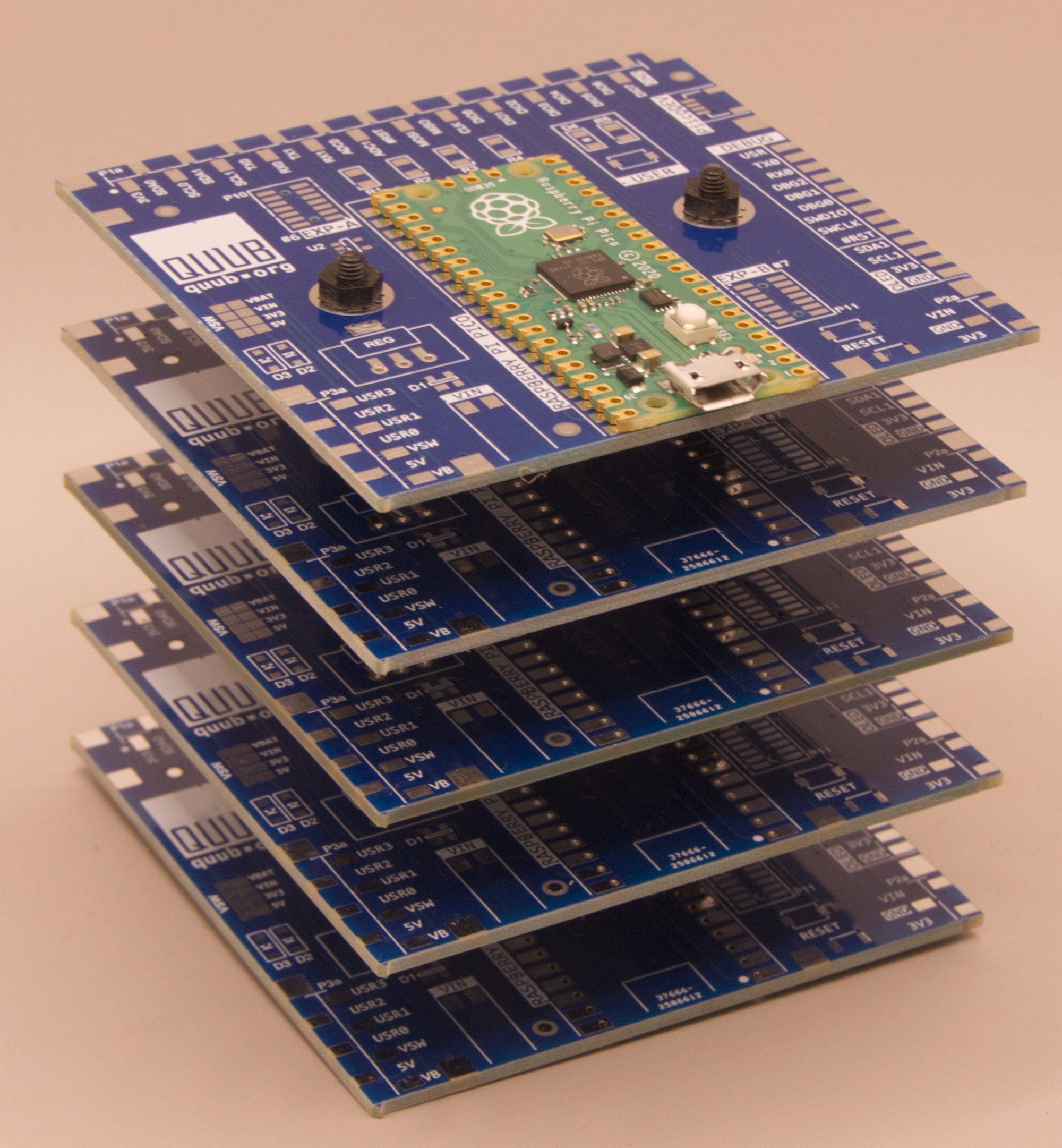
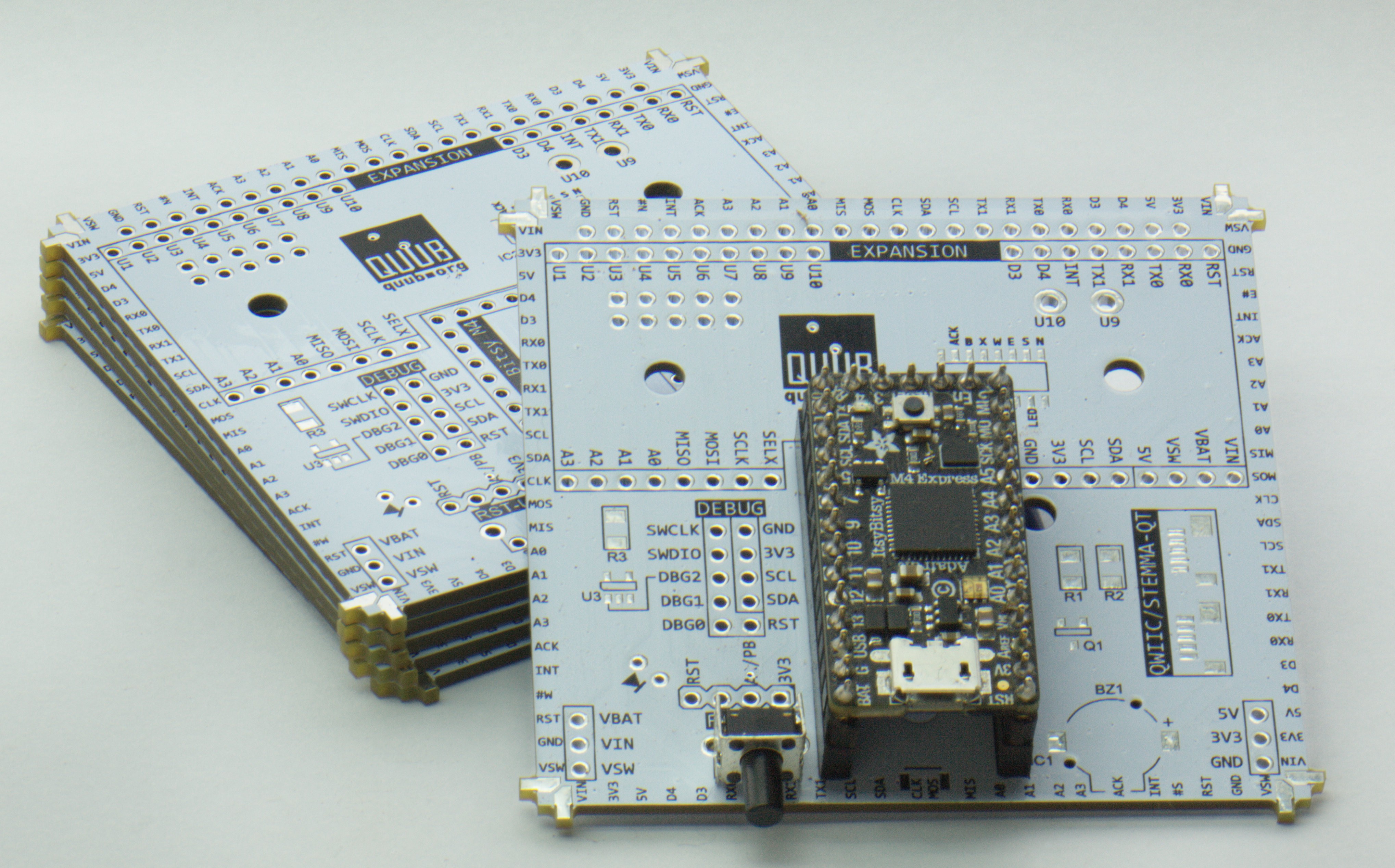 The new CPU boards are here, I already have some changes in mind so I may not even test these one, we'll see.
The new CPU boards are here, I already have some changes in mind so I may not even test these one, we'll see.

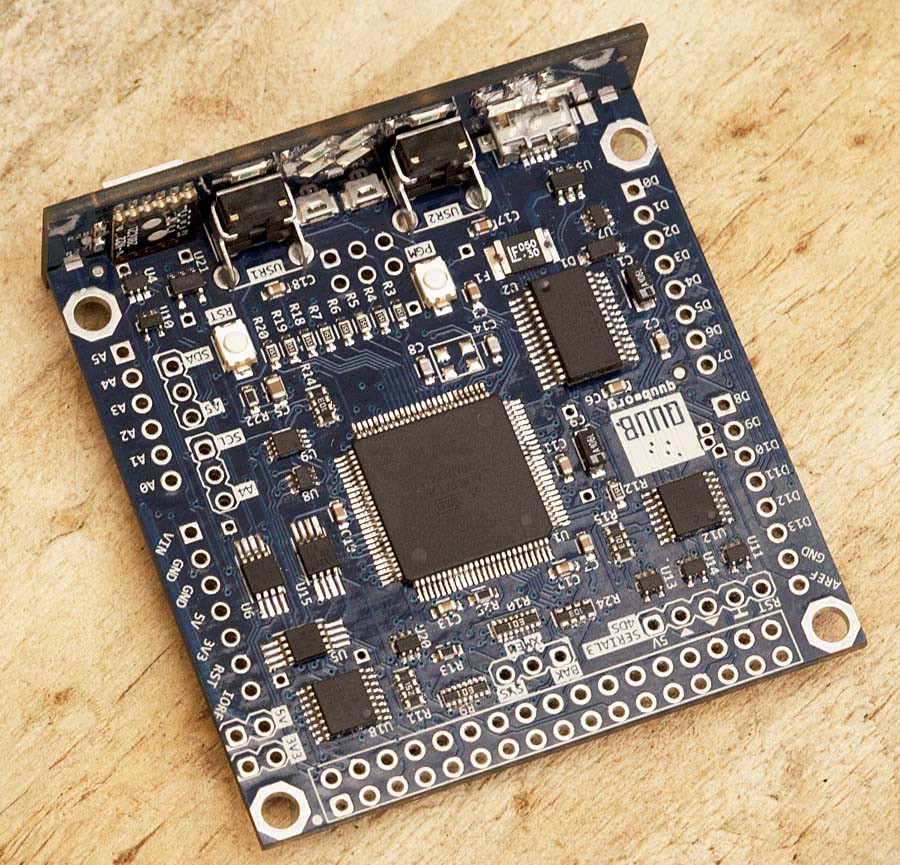
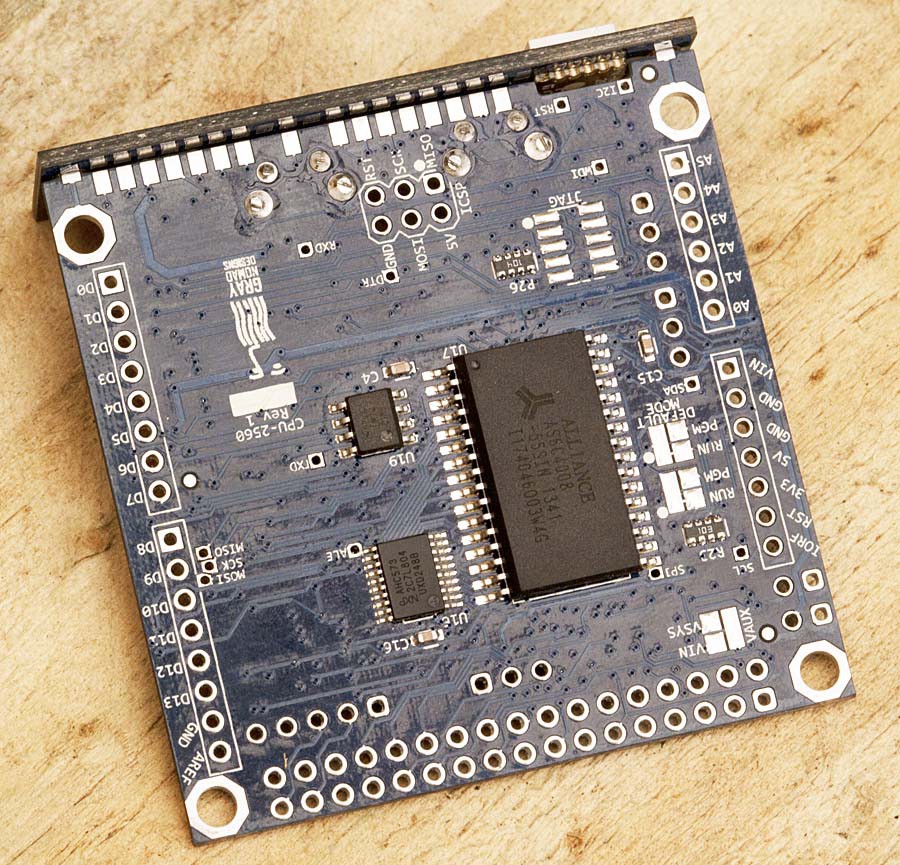
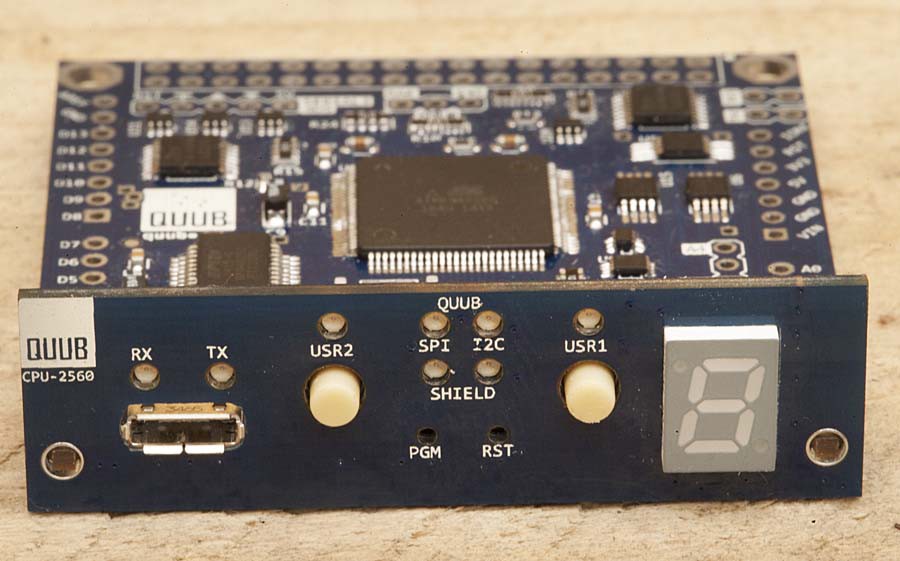

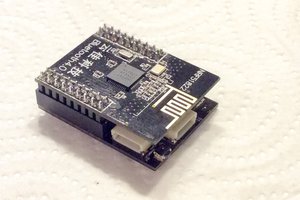
 Lukasz
Lukasz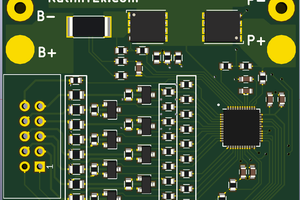
 Ben Brown
Ben Brown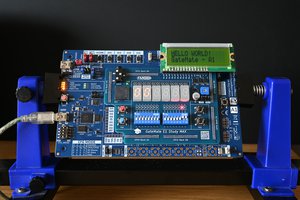
 Frank
Frank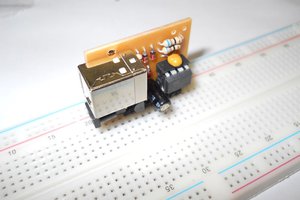
 danjovic
danjovic